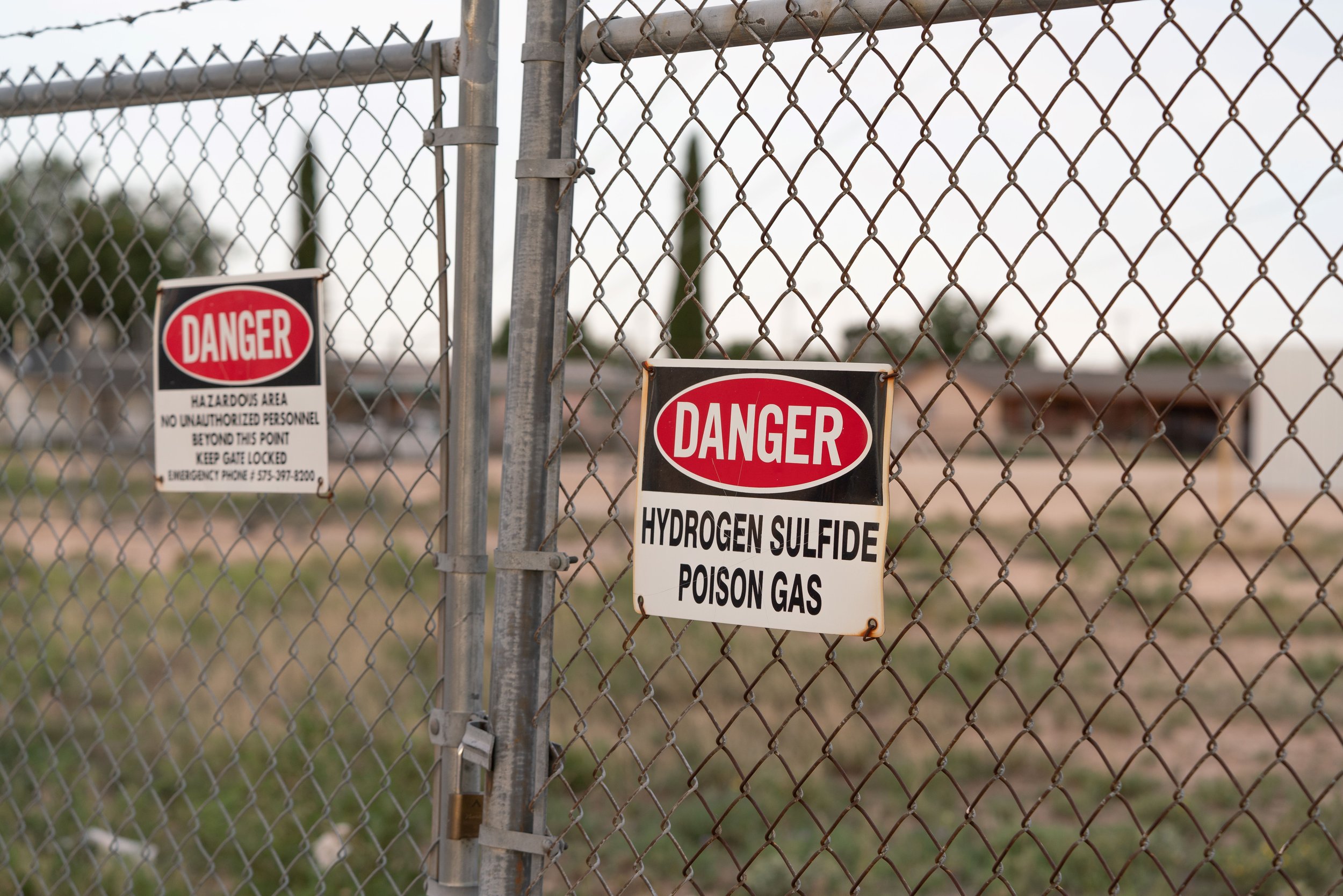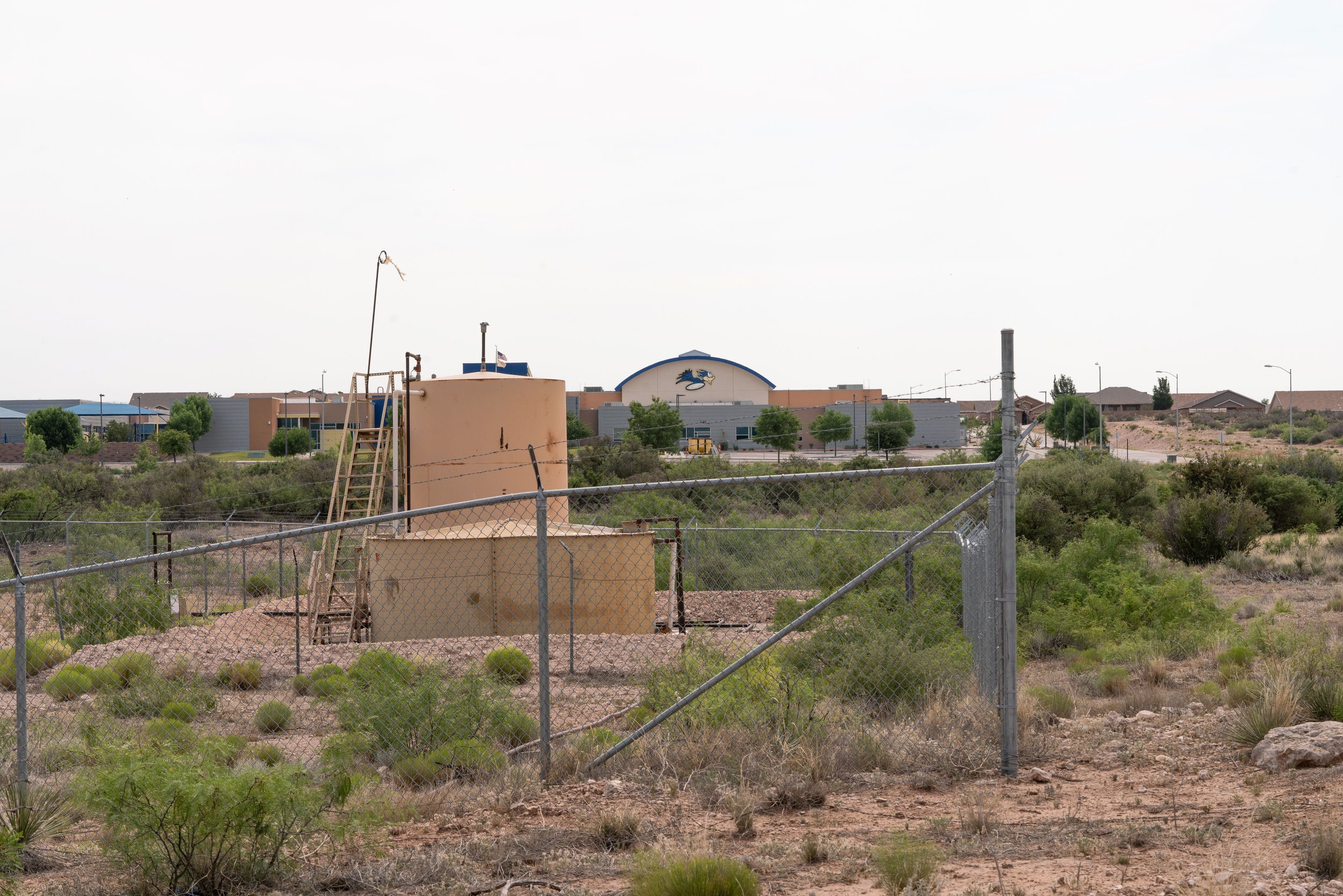
Establish Children’s Health
Protection Zones
Children’s Health Protection Zones
Oil and gas production emits toxic air pollutants. Proximity to oil and gas production causes adverse health outcomes, including perinatal and respiratory problems. Living near oil and gas wells increases the risks of cancer, asthma, birth defects, preterm births and high-risk pregnancies, low birthweights in babies, higher hospitalization rates, and upper respiratory problems and rashes.
Over 34,000 New Mexico children go to school within a mile of oil and gas facilities.
Children are particularly vulnerable to oil and gas pollution because their bodies are still developing – exacerbating respiratory disease, and leading to reduced lung function and increased asthma, neurodevelopmental disorders, mental health issues and pediatric cancers.
As a first step to protect children from oil and gas pollution, the state must pass legislation to:
Establish a 1-mile health protection zone around all schools and educational facilities. No new wells will be drilled within the health protection zone.
In the meantime, pollution from existing wells within the health protection zone must be controlled through additional monitoring and control measures, to ensure that no pollution is leaking from these sites and endangering children.


